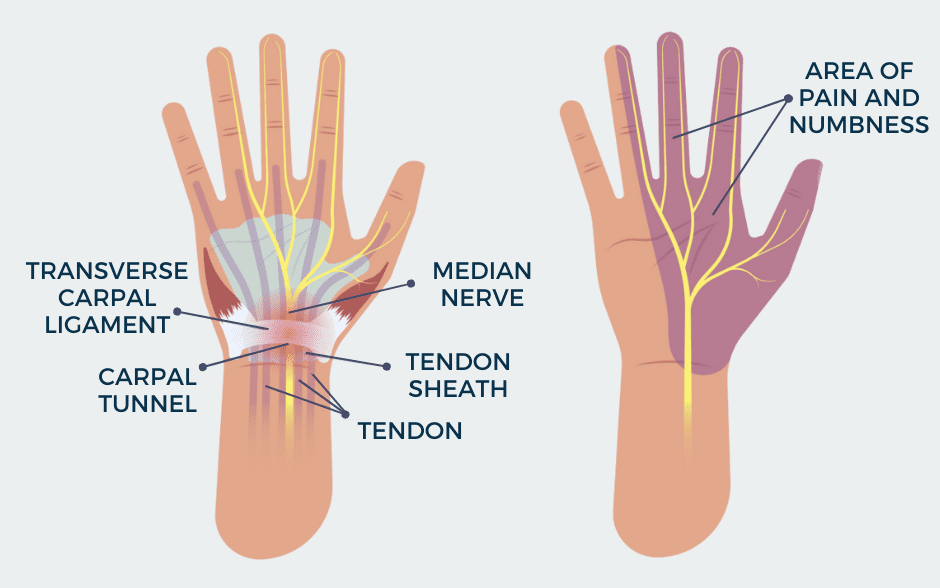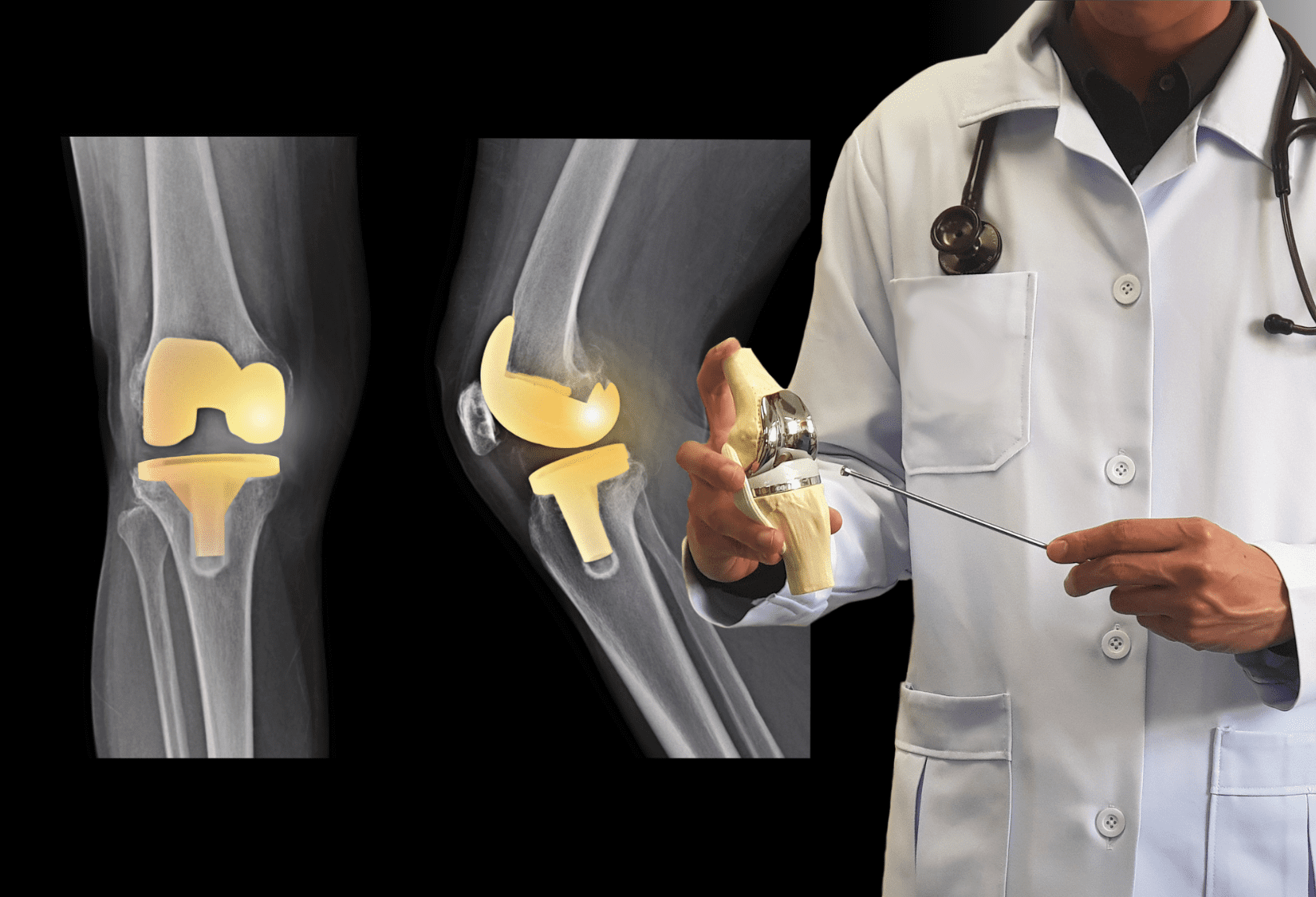As October was National Physical Therapy Month, let’s take a moment to explore the fascinating history of this field of medicine. Physical therapy has emerged as a vital healthcare field that aims to restore and improve mobility, relieve pain, and enhance the quality of life for countless individuals across the globe. It has a fascinating history, intertwined with centuries of medical knowledge, scientific advancements, and dedicated individuals. In this blog post, we will embark on a journey to explore the history of physical therapy, tracing its roots back in time and highlighting key milestones along the way.
Ancient Beginnings
The origins of physical therapy can be traced back to ancient civilizations that recognized the importance of movement and physical activity for healing. Ancient Egyptian, Greek, and Chinese cultures embraced exercise, massage, and manual therapy techniques to treat various ailments. The Edwin Smith Papyrus, an ancient Egyptian medical document dating back to 1500 BC, contains references to various therapeutic exercises and techniques used for treating injuries. For example, ancient Egyptians and later the Greeks and Romans recognized that electrical fishes are capable of generating electric shocks that were used for the relief of pain. In the 18th and 19th centuries, these natural producers of electricity were replaced by man-made electrical devices.
Hippocrates (460-385 BCE), also known as the father of medicine, was the first physician to describe spinal manipulative techniques using gravity for the treatment of scoliosis in his books on joints. One technique involved tying the patient to a ladder and inverting them while the other technique utilized a table equipped with various straps, wheels, and axles that allowed traction to be applied.
Early Modern Contributions
Per Henrik Ling, a Swedish physiologist, played a significant role in the development of the concept of medical gymnastics. In 1813, he established the Royal Central Institute of Gymnastics in Stockholm, later renamed the Swedish School of Sport and Health Sciences in 2008. Ling’s methods and exercises focused on improving strength, flexibility, and coordination in patients, ultimately contributing to the development of future physical therapy techniques.
The devastation caused by World Wars I and II marked a turning point in the evolution of rehabilitation. With numerous soldiers suffering from various orthopedic injuries, the demand for rehabilitative care was pressing. During this time, physical therapy programs expanded rapidly, and therapists played a significant role in rehabilitating injured soldiers. Their contributions led to advancements in early orthopedic treatments and the development of prosthetics.
Dr. Jones’ groundbreaking discovery
Physical therapy was recognized as a distinct healthcare profession in the post-war era. Technological advancements, such as ultrasound and hydrotherapy, further expanded the scope of physical therapy practice. The use of ultrasound for therapeutic purposes in medicine has been accepted for many years, providing beneficial ultrasonic biological effects. Since the 1950s, low-power ultrasound of about 1 MHz frequency has been widely used in physical therapy to treat conditions like tendinitis or bursitis. Since the 1950s, an important field of manual therapy has also been developing, an advanced treatment technique called Counterstrain. Its father was an osteopath, Dr. Lawrence Jones, who noticed during his work with patients that traditional techniques did not produce such spectacular results as gentle manipulation based on loosening constricted tissues. The understanding of how the human body operates has advanced significantly over time, leading to the evolution of physical therapy techniques. Counterstrain is considered to be the future of the field due to its broader capabilities compared to traditional techniques that have been used for centuries.
Advancements in Research and Techniques
The latter half of the 20th century witnessed incredible strides in rehabilitation research, techniques, and specialization. Advancements in neurology, biomechanics, and kinesiology greatly contributed to the diversity of physical therapy interventions. Techniques such as modalities, manual therapy, therapeutic exercise, and strength training became integral components of physical therapy practice, enabling therapists to address a wide range of conditions, from musculoskeletal disorders to neurological rehabilitation. In recent decades, the field of physical therapy has witnessed a shift towards a more holistic and patient-centered approach. Therapists now prioritize individualized care, focusing not only on physical rehabilitation but also on the emotional well-being and overall quality of life of their patients.
The history of physical therapy is one of continuous growth, adaptation, and dedication to improving the lives of individuals across the globe. From ancient civilizations to the present day, physical therapy has evolved into a scientifically grounded healthcare profession that plays an invaluable role in restoring and maintaining millions’ health, well-being, and mobility. As we move forward, we can anticipate further advancements in research, technology, and patient-centered care, ensuring that physical therapy continues to empower individuals on their journey to optimal physical function and wellness.
If you’re searching for a qualified and experienced physical therapist, your search is over – contact us or click here to schedule your complimentary consultation.


















